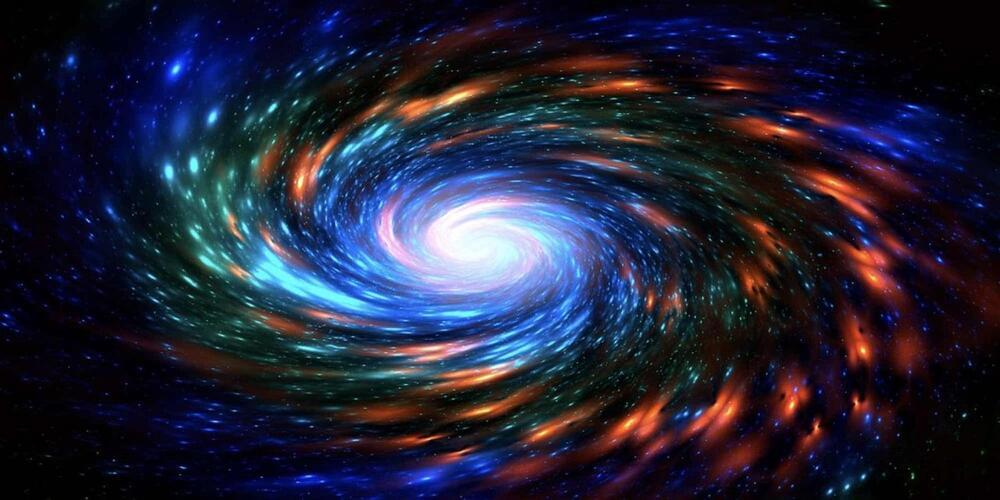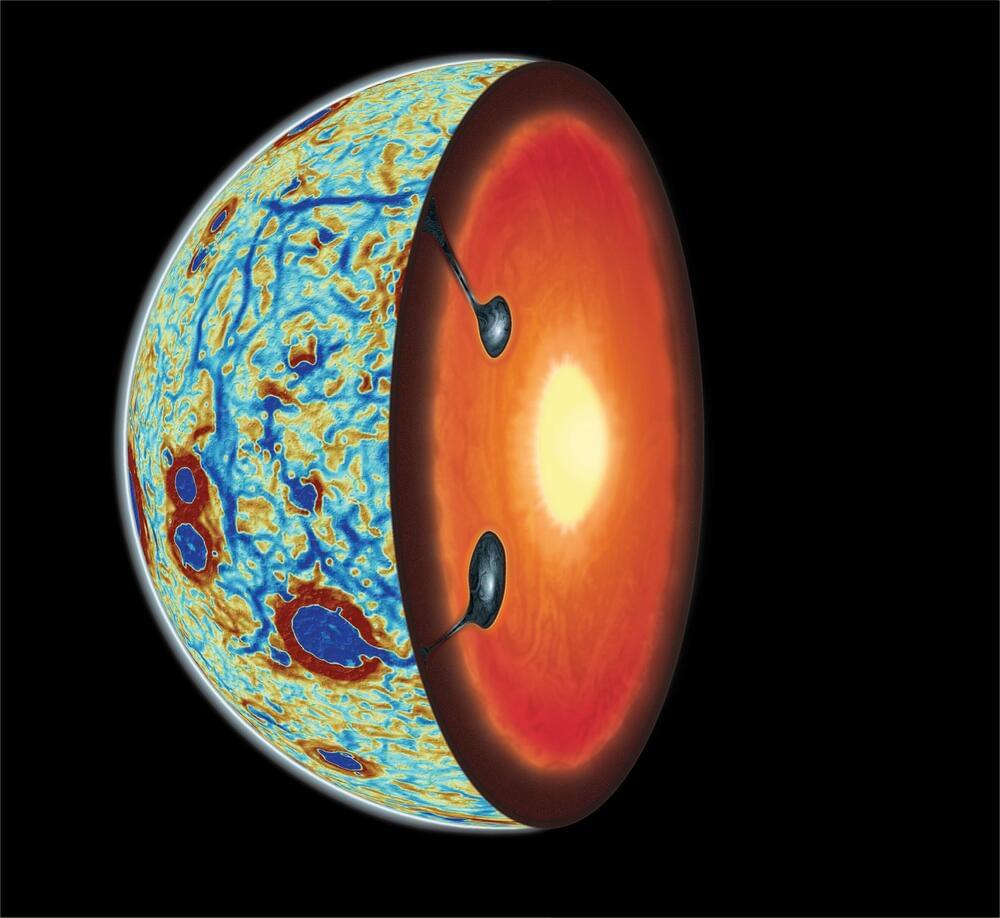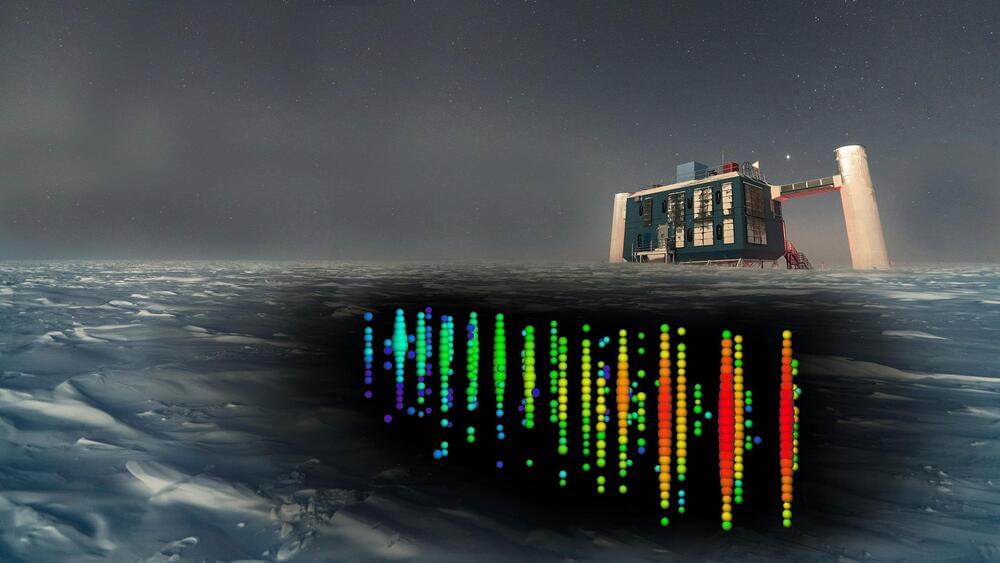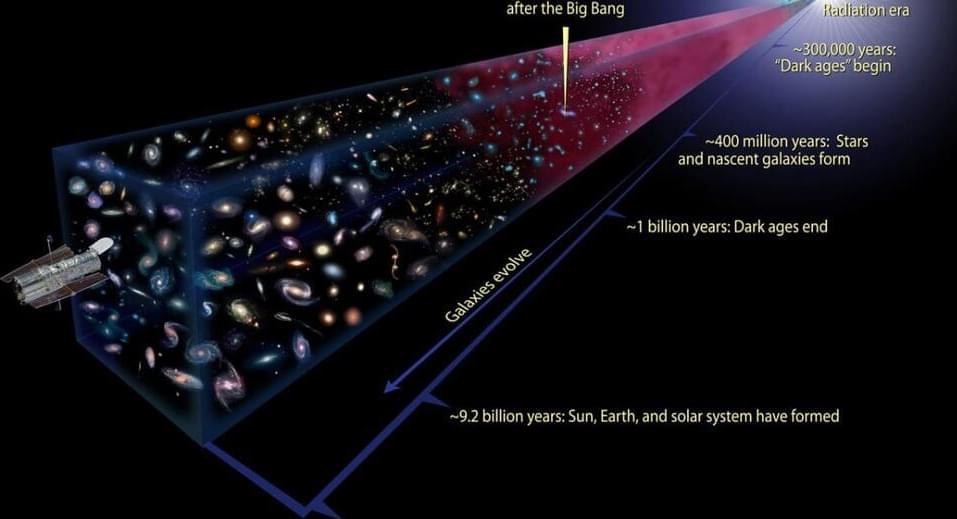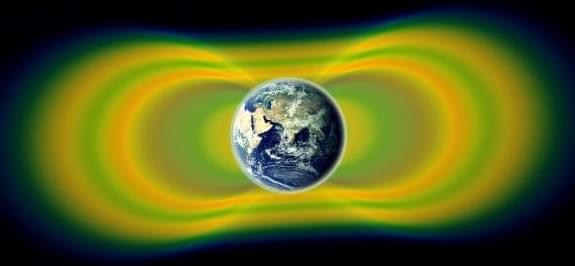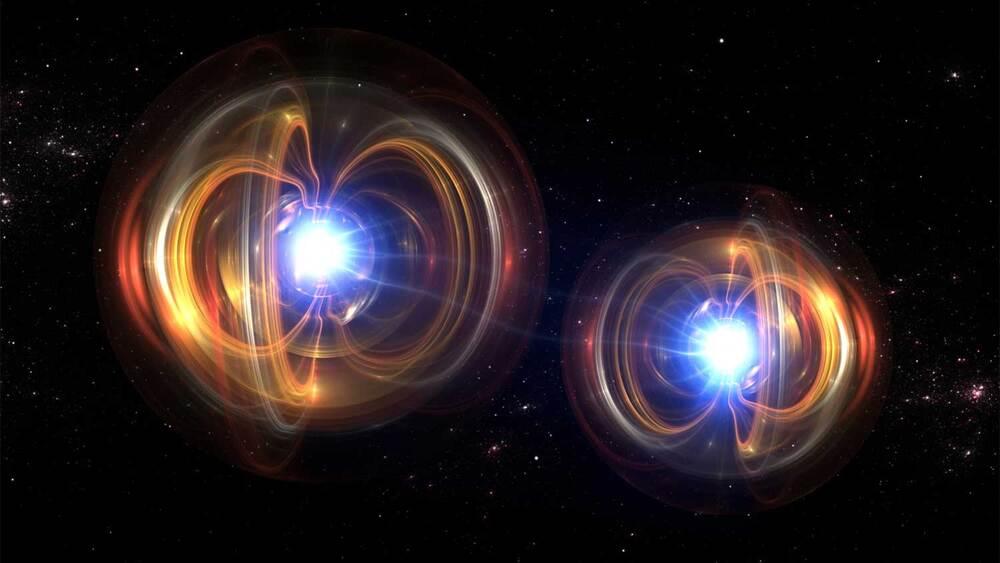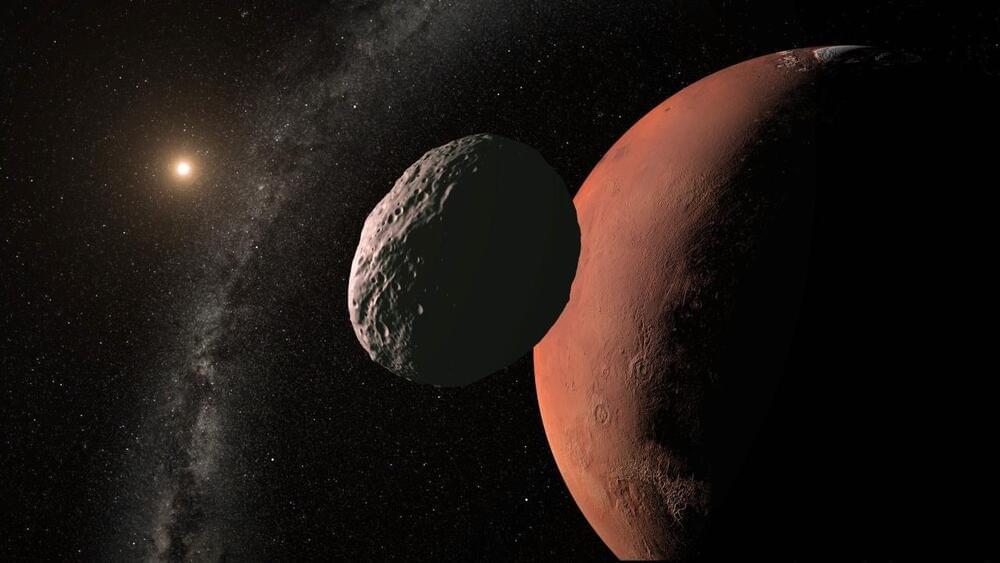That is, until we drop an egg, spill our coffee, or an expensive vase falls off a shelf in our homes, reminding us that even the weakest of the four fundamental interactions known to physics, while hidden in plain sight, still exerts a significant influence on everything around us.
Some 1029 times weaker than the appropriately named weak force, which governs the radioactive decay of atoms, gravity is so subtle that it has virtually no effect at the subatomic level. Yet at the scale where interactions between objects are observable to us, gravity is the force that literally commands the motions of planets, as well as that of stars and galaxies. Even light, which universal laws govern to be the fastest thing in existence, cannot escape the influence of gravity.
Despite its ubiquity, gravity also remains one of the great mysteries of modern physics. While there remains no complete or perfect theory as to how gravity works, the best description of it remains the one Einstein gave us in 1915 with the publication of his general theory of relativity. To Einstein, gravity can be thought of not so much as a force acting on objects, but instead as a way to observe the curvature of spacetime itself that results from variances in the distribution of mass throughout the universe.
